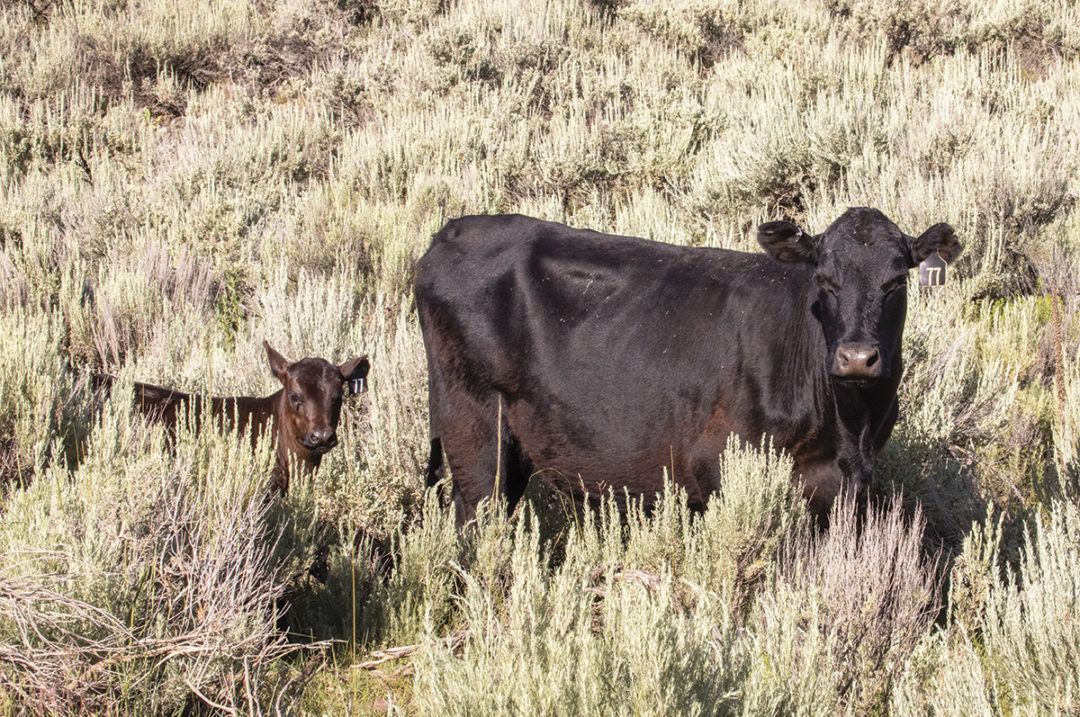The truth is simple.
Genomic prediction works. Seedstock breeders have made generations of genetic improvement using expected progeny differences (EPDs) consistently on their operations. However, it is not a magic bean. Therefore, especially for a commercial producer, it is important to discuss what it does and does not do.
To investigate the efficacy of commercial genomic profiles, we analyzed performance data for commercial Angus calves born from 2003 to 2011 and from 2014 to 2017, and compared their performance to their dam’s Zoetis GeneMax Advantage genomic test results.
So what did we find? The cow’s genomic score predicted the average calf performance for every trait evaluated. Let’s break this down.
Genetic predictions, whether based on pedigree relationships or DNA data, are not meant to predict the performance of an individual animal. Rather, they predict the average of a large group. Who is that large group? It is the average of a parent’s progeny or their calves.
Further, genetic predictions (pedigree or genomic) predict differences between progeny group averages within the same year, same farm, same management and same environment. The genetic prediction of a single animal is worthless without stepping back to assess the bigger picture. It is only when we compare two animals or compare an animal to the breed average that we can make decisions based on EPDs.
Therefore, the goal of any commercial cattleman investing in genomic testing should be to use it to rank and select replacement heifers that have the highest likelihood of passing “good” DNA down to future calf crops. This way, for example, the average weaning weight of their calves is higher than the weaning weight of calves out of the heifers you did not keep.
Secondly, the information provided can give you a snapshot of the genetic potential of your current cow herd, helping to inform bull buying decisions.
Finally, commercial producers should have a plan to see a return on investment of buying genomic test predictions. The progressive commercial herd using genomics can create a superior calf crop. But if they are selling that calf crop as a commodity, they are limiting their potential to see a return on their investment in genomics. Thus, many ranches successfully using genomics are either marketing their cattle through a value-added program (typically based on genetic potential) or retaining ownership of their market animals.
At the end of the day, the data showed that GeneMax scores provided more information on the performance of future calf crops than simply knowing the sire of the dam, making it a useful piece of information to make selection decisions.
The beef industry needs to put away the fruitless debate about whether genetic predictions work. Instead, farmers and ranchers need to be asking, How can I strategically use this technology to be more profitable? Those answers will be different for each operation. For some ranches, that will simply mean buying bulls based on an economic selection index – a cost-free choice in which you are simply changing which information you use to select bulls. Other operations will use all the available genetic and genomic tools as a type of precision agriculture to achieve market premiums. However, in all instances, genetic predictions help cattlemen make an informed, accurate decision.
Note: GeneMax Advantage is recommended for use on commercial cattle that are 75% or greater Angus-influenced.
The final peer-reviewed article about the study referred to in this article can be read on the ScienceDirect website.









